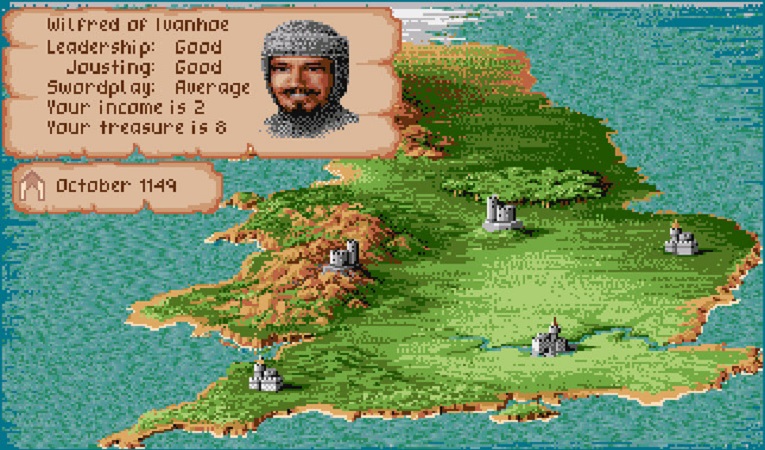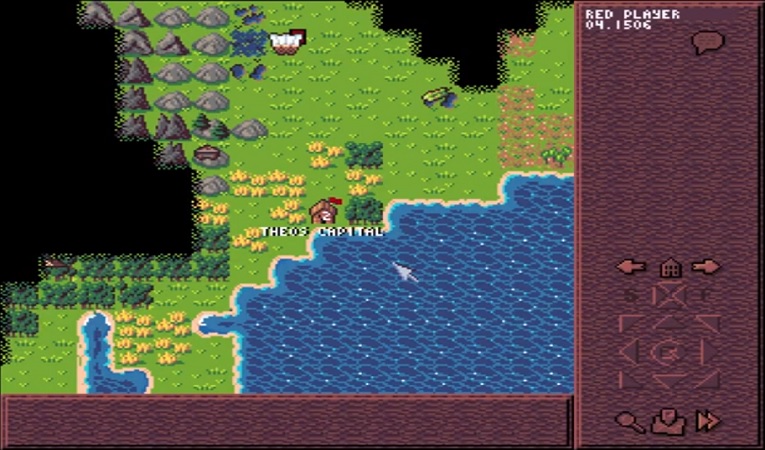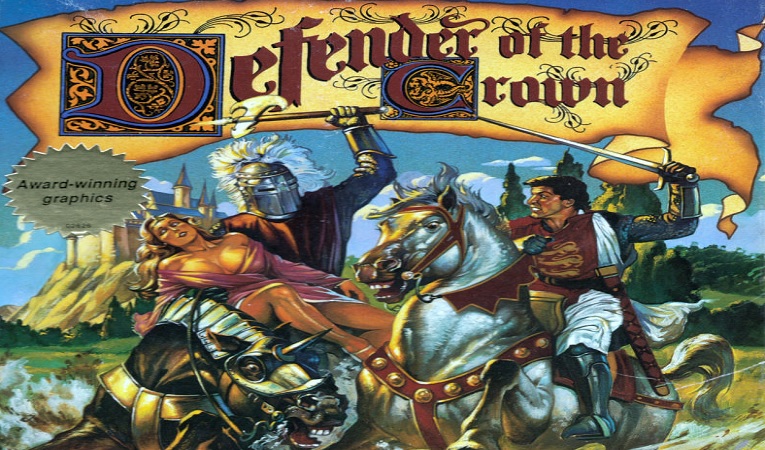
Defender of the Crown is a classic strategy game that holds a special place in the history of video gaming. Released in 1986 by Cinemaware, the game combined elements of strategy, action, and role-playing, and showcased impressive graphics for its time. Cinemaware, founded in 1985 by Bob Jacob, was a game development company that aimed to create interactive experiences that resembled movies. The company believed in the potential of combining compelling storytelling with innovative gameplay mechanics. The idea for Defender of the Crown was sparked by Bob Jacob’s love for classic Hollywood adventure films. Inspired by movies like “The Adventures of Robin Hood,” “Ivanhoe,” and “The Black Shield of Falworth,” Jacob envisioned a game that would immerse players in the medieval world of knights, castles, and epic battles. The development team behind Defender of the Crown consisted of talented individuals with diverse skills and backgrounds. David Riordan served as the lead programmer, while Jim Sachs, a renowned artist, was responsible for the game’s stunning visuals. Additional team members contributed to programming, sound design, and other aspects of the game. To achieve the ambitious vision for Defender of the Crown, the development team embraced cutting-edge technology of the time. The game was developed for the Commodore Amiga, a platform known for its advanced graphics and audio capabilities, which allowed for the creation of a visually impressive and immersive experience. Defender of the Crown combined elements of strategy, action, and role-playing, setting it apart from other games of its time.

The gameplay featured strategic elements such as managing territories, recruiting knights, and engaging in military campaigns. It also included action sequences like jousting and sword fighting, which added excitement and variety to the gameplay. One of the unique aspects of Defender of the Crown was its non-linear gameplay. Players could choose different paths to achieve victory, such as focusing on military conquest, becoming a champion jouster, or engaging in courtly intrigue. This open-ended approach allowed for a high level of replayability, as players could experiment with various strategies. Defender of the Crown was lauded for its visually stunning graphics, which were a testament to the capabilities of the Commodore Amiga. Jim Sachs’s artwork brought the medieval world to life, with detailed castle landscapes, animated characters, and dramatic cutscenes that resembled movie sequences. The game’s atmospheric soundtrack, composed by Jim Cuomo, complemented the visuals and gameplay, enhancing the overall immersive experience. The music captured the essence of the medieval setting, adding depth and emotion to the game. Defender of the Crown’s success and critical acclaim helped pave the way for the development of interactive storytelling in video games. Cinemaware’s philosophy of creating games that resembled movies influenced subsequent game developers to prioritize narrative and cinematic experiences. The combination of strategy, action, and role-playing elements in Defender of the Crown was ahead of its time and influenced the design of future strategy games. Its non-linear gameplay and multiple paths to victory became hallmarks of the strategy genre. Defender of the Crown left a lasting impact on players, becoming a nostalgic favorite among those who experienced it in their youth. Its iconic visuals, atmospheric soundtrack, and engaging gameplay continue to evoke fond memories for retro gaming enthusiasts. Over the years, Defender of the Crown received various remakes and adaptations for different gaming platforms, including home computers, consoles, and mobile devices. These adaptations aimed to introduce the classic game to new generations of players while preserving its core gameplay and nostalgic charm. Defender of the Crown’s enduring legacy is a testament to its significance in gaming history. Despite technological advancements, the game’s appeal and cultural impact have stood the test of time, solidifying its position as a beloved classic in the world of video gaming.














